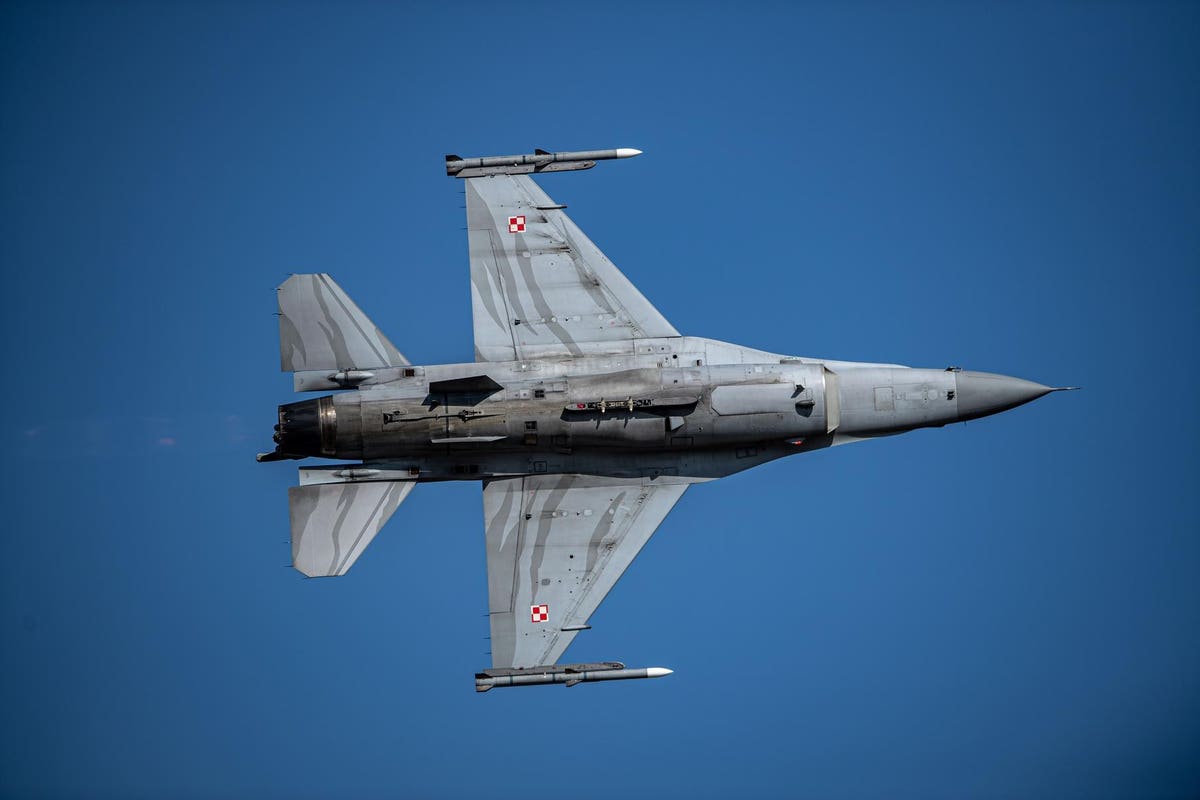We believe both Lockheed Martin stock (NYSE: LMT) and Starbucks stock (NASDAQ
NDAQ
Interestingly, both LMT and SBUX have had a Sharpe Ratio of 0.4 since early 2017, slightly lower than the 0.6 figure for the S&P 500 Index over the same period. This compares with the Sharpe of 1.3 for the Trefis Reinforced Value portfolio. Sharpe is a measure of return per unit of risk, and high-performance portfolios can provide the best of both worlds.
Looking at stock returns, both have underperformed vis-à-vis broader markets amid rising concerns over supply-chain issues and slowing economic growth. While LMT is down 12% this year, SBUX is down 2%, and the S&P500 index is up 17%. There is more to the comparison, and in the sections below, we discuss the possible returns for both of these stocks in the next three years. We compare a slew of factors, such as historical revenue growth, returns, and valuation, in an interactive dashboard analysis of Lockheed Martin vs. Starbucks
SBUX
1. Starbucks’ Revenue Growth Is Better
- Starbucks’ revenue growth has been better, with a 7.8% average annual growth rate in the last three years, compared to 3.4% for Lockheed Martin
LMT
- Lockheed Martin’s revenue growth over the recent years has been led by higher production volume for its Sikorsky helicopter programs, AC-3, Long Range Anti-Ship Missile, and the Joint Air-to-Surface Standoff Missile program, among others.
- Lockheed Martin is seeing a higher volume of production contracts for F-35 and the national security space program driving its sales growth, a trend expected to continue in the near term.
- Starbucks has benefited from a recovery in demand post-pandemic. Its digital initiatives, an increase in the number of stores, an upgraded loyalty program, and recovery in the China market are some of the key factors driving its sales growth.
- If we look at the last twelve-month period revenues, Starbucks fares better with sales growth of 9.5% vs. 5.0% for Lockheed Martin.
- Our Lockheed Martin Revenue Comparison and Starbucks Revenue Comparison dashboards provide more insight into the companies’ sales.
- Looking forward, revenue for both companies is expected to grow at a similar CAGR of 6%, based on Trefis Machine Learning analysis.
2. Starbucks Is More Profitable
- Lockheed Martin’s operating margin has slid from 13.3% in 2019 to 11.2% in 2022, while Starbucks’ operating margin declined from 18.1% to 14.6% over this period.
- Looking at the last twelve-month period, Starbucks’ operating margin of 15.5% fares better than 13.5% for Lockheed Martin.
- Our Lockheed Martin Operating Income Comparison and Starbucks Operating Income Comparison dashboards have more details.
- Looking at financial risk, Starbucks fares better. Lockheed Martin’s 16% debt as a percentage of equity is higher than 14% for Starbucks. Also, its 6% cash as a percentage of assets is lower than 13% for the latter, implying that Starbucks has a better debt position and more cash cushion.
3. The Net of It All
- We see that Starbucks has seen better revenue growth, is more profitable, and has a better financial position. This also explains its higher valuation multiple of 3.2x revenues compared to 1.6x for Lockheed Martin.
- Now, looking at prospects, using P/S as a base, due to high fluctuations in P/E and P/EBIT, we believe both will offer similar returns in the next three years.
- That said, if we compare the current valuation multiples to the historical averages, SBUX fares better. Lockheed Martin’s stock is currently trading at 1.6x revenues, aligning with its last five-year average. In comparison, Starbucks’ stock trades at 3.2x revenues vs. the last five-year average of 4.0x.
- Our Lockheed Martin Valuation Ratios Comparison and Starbucks Valuation Ratios Comparison have more details.
- The table below summarizes our revenue and return expectations for both companies over the next three years and points to an expected return of 20% for Lockheed Martin over this period vs. a 22% expected return for Starbucks, based on Trefis Machine Learning analysis – Lockheed Martin vs. Starbucks – which also provides more details on how we arrive at these numbers.
While LMT and SBUX may offer similar returns in the next three years, it is helpful to see how Lockheed Martin’s Peers fare on metrics that matter. You will find other valuable comparisons for companies across industries at Peer Comparisons.
With higher inflation and the Fed raising interest rates, among other factors, LMT stock has seen a fall of 12% this year. Can it drop more? See how low Lockheed Martin stock can go by comparing its decline in previous market crashes. Here is a performance summary of all stocks in previous market crashes.
Invest with Trefis Market Beating Portfolios
See all Trefis Price Estimates
Read the full article here











Leave a Reply